City Center
8.44
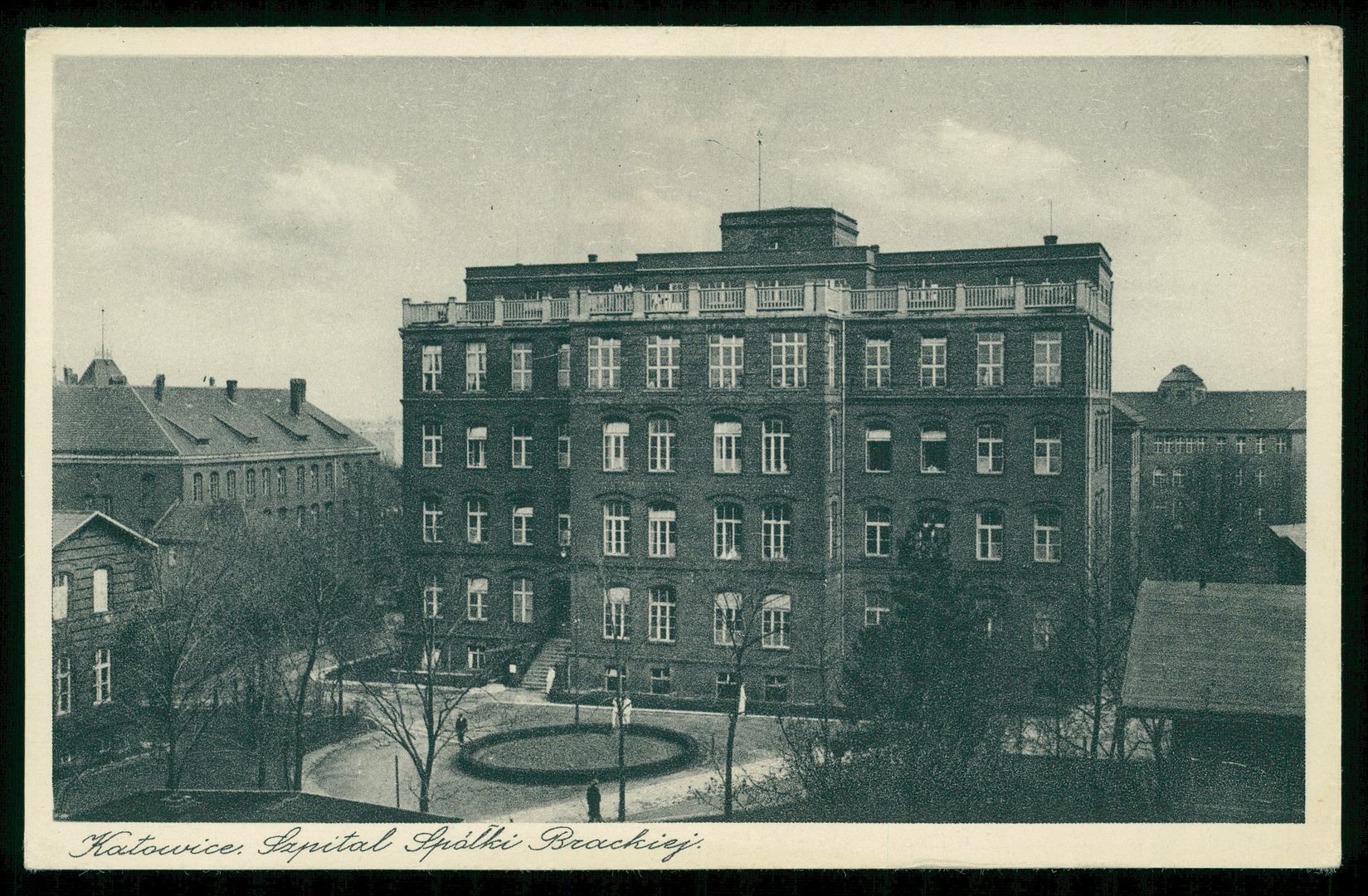
Overview
The city center of Katowice is an area with a rich history and diverse architecture, characterized by compact, street-front building development. Its architecture is dominated by styles of historicism, eclecticism, and functionalism from the interwar period. The most important buildings were constructed mainly in the 19th and 20th centuries, including the neo-Romanesque Evangelical church, the neoclassical railway station building, the neo-Gothic St. Mary's Church, and the no longer existing Goldstein Palace. After Katowice obtained city rights in 1865, the city developed, becoming the administrative center of Upper Silesia. In the 1920s, following the region's incorporation into Poland, numerous construction projects were realized, including the Silesian Parliament building and the Cathedral of Christ the King. After World War II, the city center underwent transformations, introducing modern buildings in brutalist and functionalist styles. The city center is an important cultural hub, home to numerous institutions such as the Silesian Philharmonic, the Academy of Music, and many art galleries. The area hosts numerous cultural events and music festivals, including the OFF Festival. It is worth noting that Katowice's city center also has a rich religious heritage, with Roman Catholic and Evangelical churches, as well as a Jewish synagogue. The demographics of the area show a decline in the number of residents in recent years, which is associated with urbanization and the conversion of buildings for service purposes. Interestingly, the city center was the site of numerous events related to the Silesian Uprisings and the plebiscite. Today, it is a significant economic center with a well-developed transport network, including Katowice Railway Station, which is one of the most important transport hubs in the region.
Location
Tickets
Powered by GetYourGuide
You can also find here:
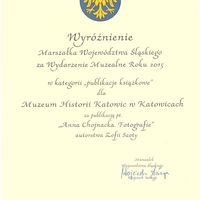
Museum of the History of Katowice
8.11
City Center, Katowice
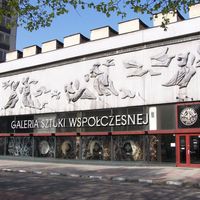
Contemporary Art Gallery BWA in Katowice
7.67
City Center, Katowice
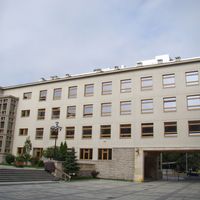
Youth Palace in Katowice
7.63
City Center, Katowice
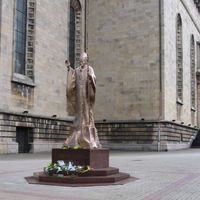
The Archcathedral of Christ the King in Katowice
7.62
City Center, Katowice
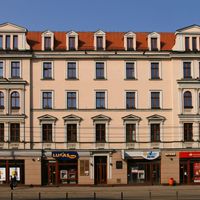
Church of the Resurrection of the Lord in Katowice
7.28
City Center, Katowice
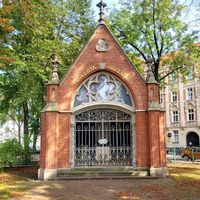
St. Mary's Church in Katowice
7.26
City Center, Katowice
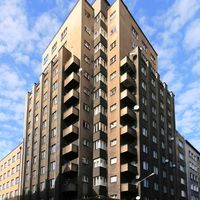
The Tax Office Building in Katowice
7.05
City Center, Katowice
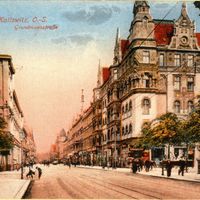
Tenement house at 3 Maja Street 6-8 in Katowice
7
City Center, Katowice
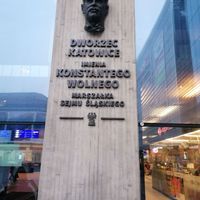
Katowice
6.89
City Center, Katowice
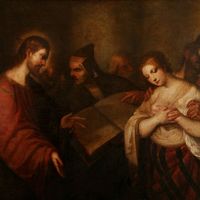
Archdiocesan Museum in Katowice
6.8
City Center, Katowice
2025 Wizytor | All Rights Reserved